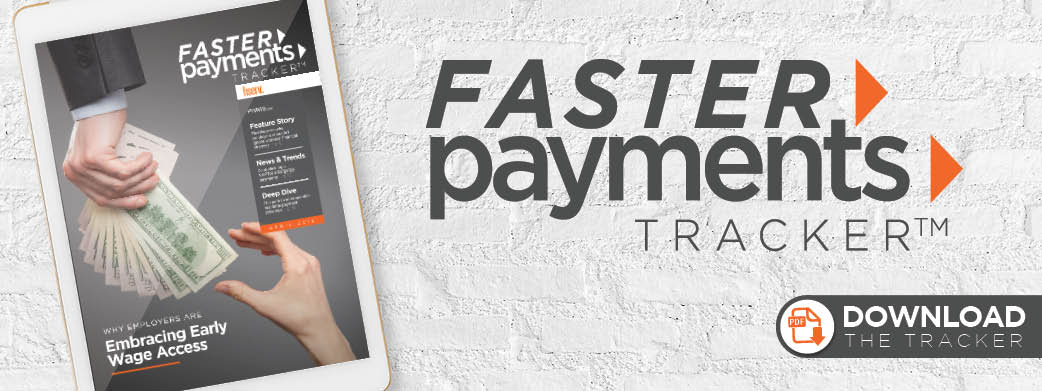Deep Dive: Making Instant Payment Schemes Universal And Interoperable

 Many countries around the world are rolling out instant payments schemes that bring speed and convenience to payments made within their own borders. Unfortunately, those benefits are often limited when it comes to cross-border payments.
Many countries around the world are rolling out instant payments schemes that bring speed and convenience to payments made within their own borders. Unfortunately, those benefits are often limited when it comes to cross-border payments.
A London-based manufacturer can’t rely on the U.K.’s Faster Payments Service (FPS) to quickly shuttle funds to a supplier in Canberra, Australia, for example. It would instead have to turn to expensive wire transfers, credit cards — which can take days to settle — or account-to-account transfers, which also can take several days to process and incur fees if passed through intermediary banks.
An interoperable cross-border solution could remove these frictions and provide smooth transfers between two real-time payment systems, while a single, globally accessible faster payments service could offer swift end-to-end transfers. This month’s Deep Dive explores how several nations and organizations are building cross-border interoperability and universality between real-time payments systems, as well as the challenges that need to be overcome to make worldwide faster payments a reality.
Current Efforts
The need for a cross-border instant payments system has been recognized by many countries, which have developed regional schemes as a result. The European Payments Council launched the pan-European SEPA Instant Credit Transfer (SCT) in 2017, while Thailand, Vietnam, Malaysia, Singapore and Indonesia agreed to interconnect their real-time payments networks that same year. Privately-owned companies are also looking to solve the cross-border payments problem.
Ripple, which enables money transfers via blockchain, has been utilizing its distributed ledger technology to support cross-border payments. Smooth communications between players must be supported if payment schemes are to be interoperable. This can be accomplished with a standard like ISO 20022, which has been implemented more than 80 times worldwide, including with TCH’s RTP system in the U.S. and Australia’s NPP.
ISO 20022’s format works with various payment types and situations, such as currency-to-currency payments and domestic currency wire transfers. It also offers the flexibility that’s required to scale the solution to meet future interoperability needs.
Mixed Demand and ISO 20022
Despite ISO 20022’s potential, there are roadblocks that stand in the way of it becoming the default, universal standard. Private sector entities may be hesitant to adopt such a system because there are often several additional compelling technologies in which they would like to invest and limited budgets to support these potential investments. Corporations are, as a result, unlikely to adopt ISO 20022 until they experience pain from holding out — they’re typically satisfied with processes that work “well enough.”
Existing payment networks such as ACH, The Clearing House Interbank Payments System (CHIPS) and SWIFT continue to see strong use, which is creating further reluctance among private parties to switch. Banks, then, need to offer these other payments methods and standards, or else risk losing their corporate clients to competitors. ISO 20022 should be phased in gradually and used alongside these standards and formats to boost adoption.
Disharmony
According to a post from The Clearing House (TCH), regulatory and security requirements are increasing in the financial space, impeding the speed of international payments. Risk management, settlement practices and business processes can be slightly different depending on the nation or currency, which makes accounting difficult.
Additional coordination may be required, TCH said in the post, to ensure that cross-border faster payments schemes develop alongside common frameworks, otherwise a system upgrade in one country could cause frictions with a service in another. Consistent business processes and messaging standards, among other factors, are critical to ensuring systems work together smoothly.
Under one international model, aggregators could enable parties to quickly switch between national clearing houses. In another, a single platform could be accessible by all FIs or infrastructure providers, allowing them to send real-time international payments.
It remains to be seen if real-time payment systems will achieve the necessary interoperability required to support cross-border payments, and it’s unclear what such a solution will look like. Despite progress in the space, it’s obvious that much remains to be done if global faster payments are to become a reality.
